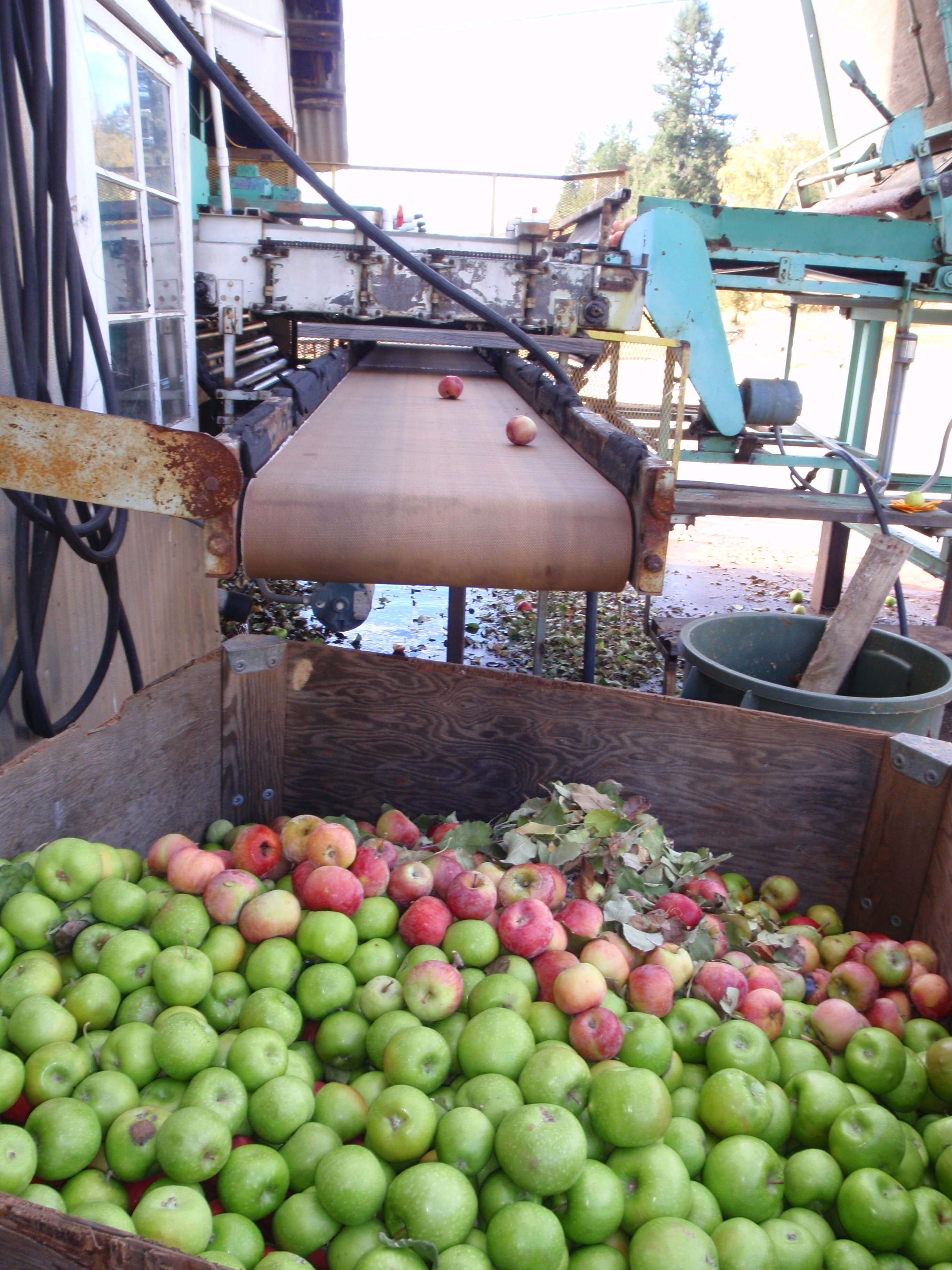The expanding footprint of transportation, water, and renewable energy infrastructure, along with the resurgence of the housing market, are generating pressure on California’s working farms and ranches for development and conversion to non-agricultural uses. There is a growing interest by local governments — especially in the Central Valley — to create local mitigation programs for the loss of farmlands. It is up to the discretion of a lead agency — often a local government — to determine what mitigation is required and it has become standard practice to provide some form of mitigation. As the implementation of farmland mitigation has evolved there is an increasing need for farmland mitigation programs that will withstand legal challenges.
CCLT has developed a guidebook intended as a resource for any local government that is developing mitigation programs for the conservation of farmland in California. It includes an overview of farmland mitigation policies and implementation strategies, model policies and a model local ordinance.
Download the guidebook below:
Conserving California’s Harvest – A Model Mitigation Program and Ordinance for Local Governments
Workshop/webinar information:
CFCP Guidebook Workshop flyer
CFCP Webinar Flyer
Other Resources:
Resources for Farmland Mitigation
Register for the 2015 California Mitigation Summit
The California Council of Land Trusts (CCLT) is deeply grateful for the time and valuable insights provided by the Farmland Mitigation Guidebook Advisory Committee. This Guidebook is a product of CCLT and any opinions, advice, statements, services, or other information or content expressed or made available in the materials produced under this project are those of CCLT and do not necessarily state or reflect those of the Advisory Committee or their organizations (identified for affiliation purposes only). CCLT developed this Guidebook with funding from the California Department of Conservation’s California Farmland Conservancy Program and input from experts in the fields of local governance, agriculture, conservation, law and mitigation. We are grateful for their time and resources.
This project was made possible in part by funding from the California Department of Conservation, California Farmland Conservancy Program. Any opinions, advice, statements, services, or other information or content expressed or made available in the materials produced under this project do not necessarily state or reflect those of the Department of Conservation.
This project was made possible in part by funding from the Columbia Foundation. Any opinions, advice, statements, services, or other information or content expressed or made available in the materials produced under this project do not necessarily state or reflect those of the Columbia Foundation.
Photo above courtesy Phil Robertson

